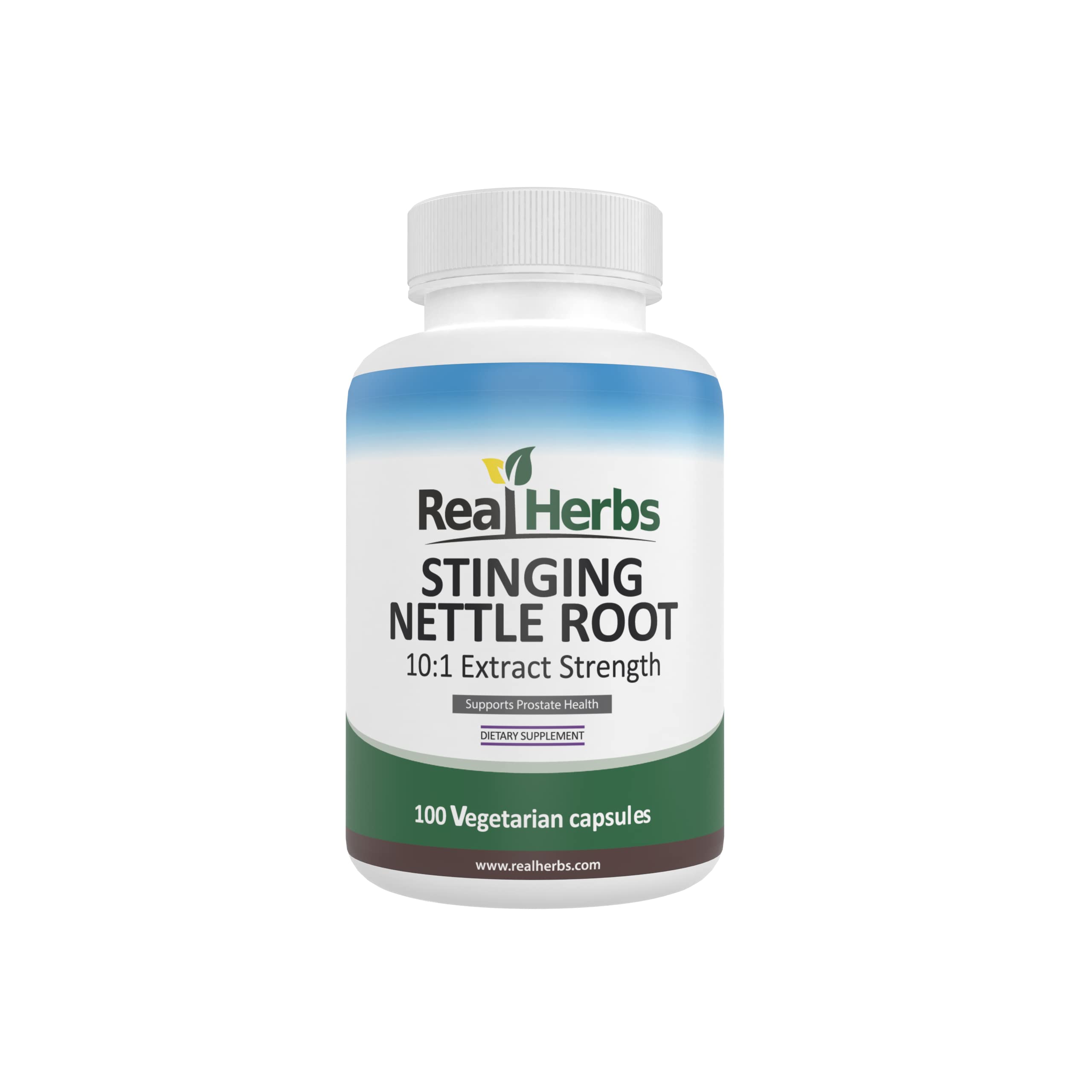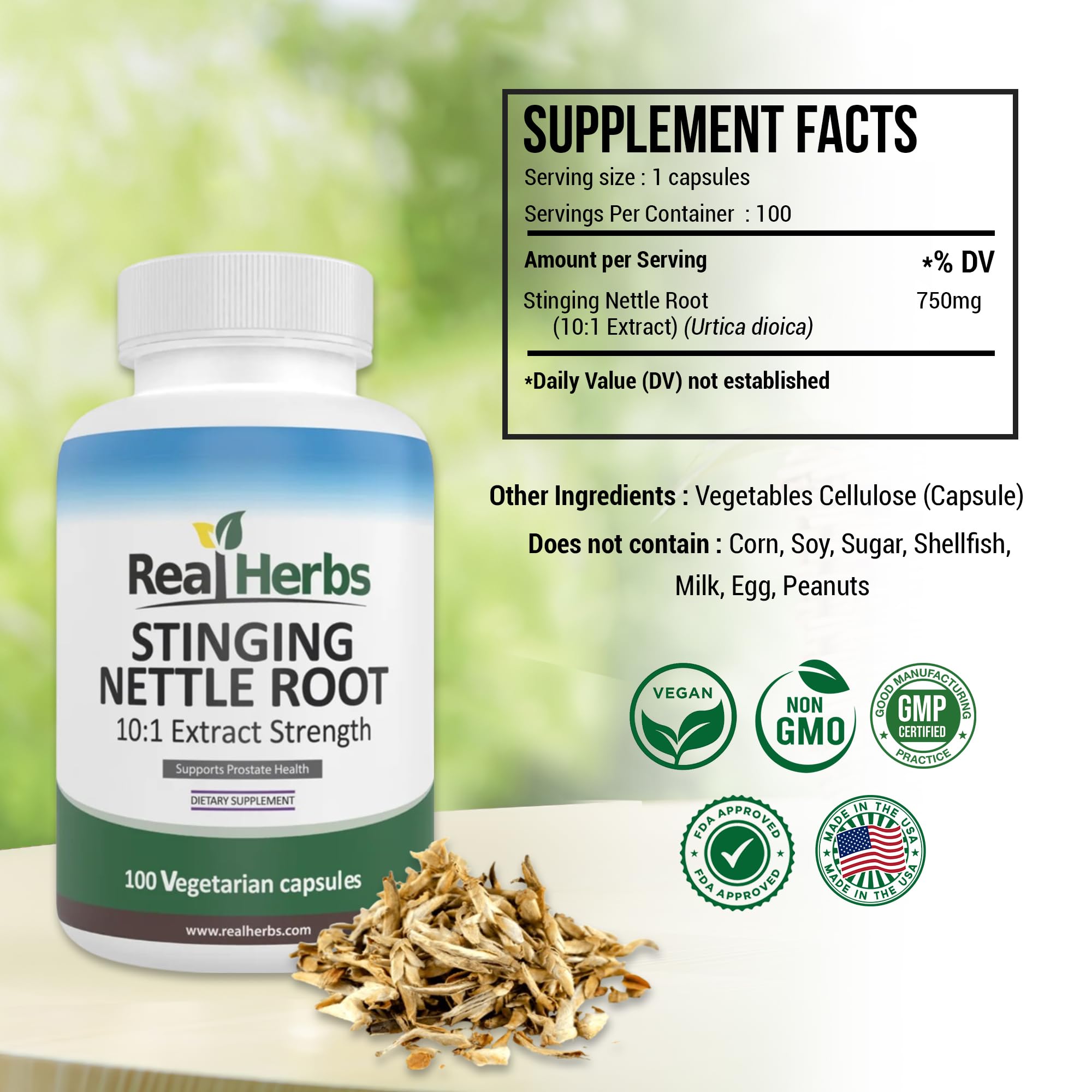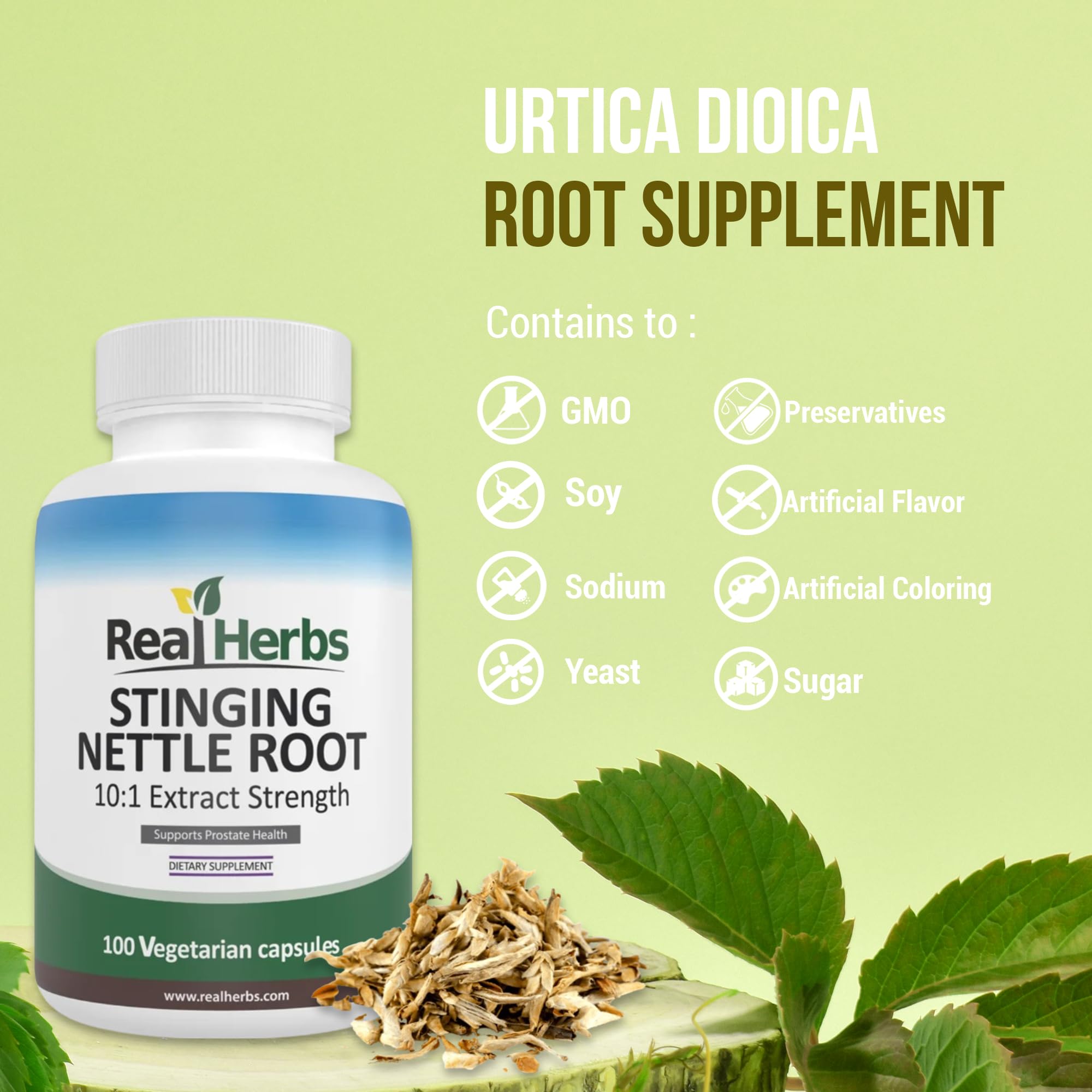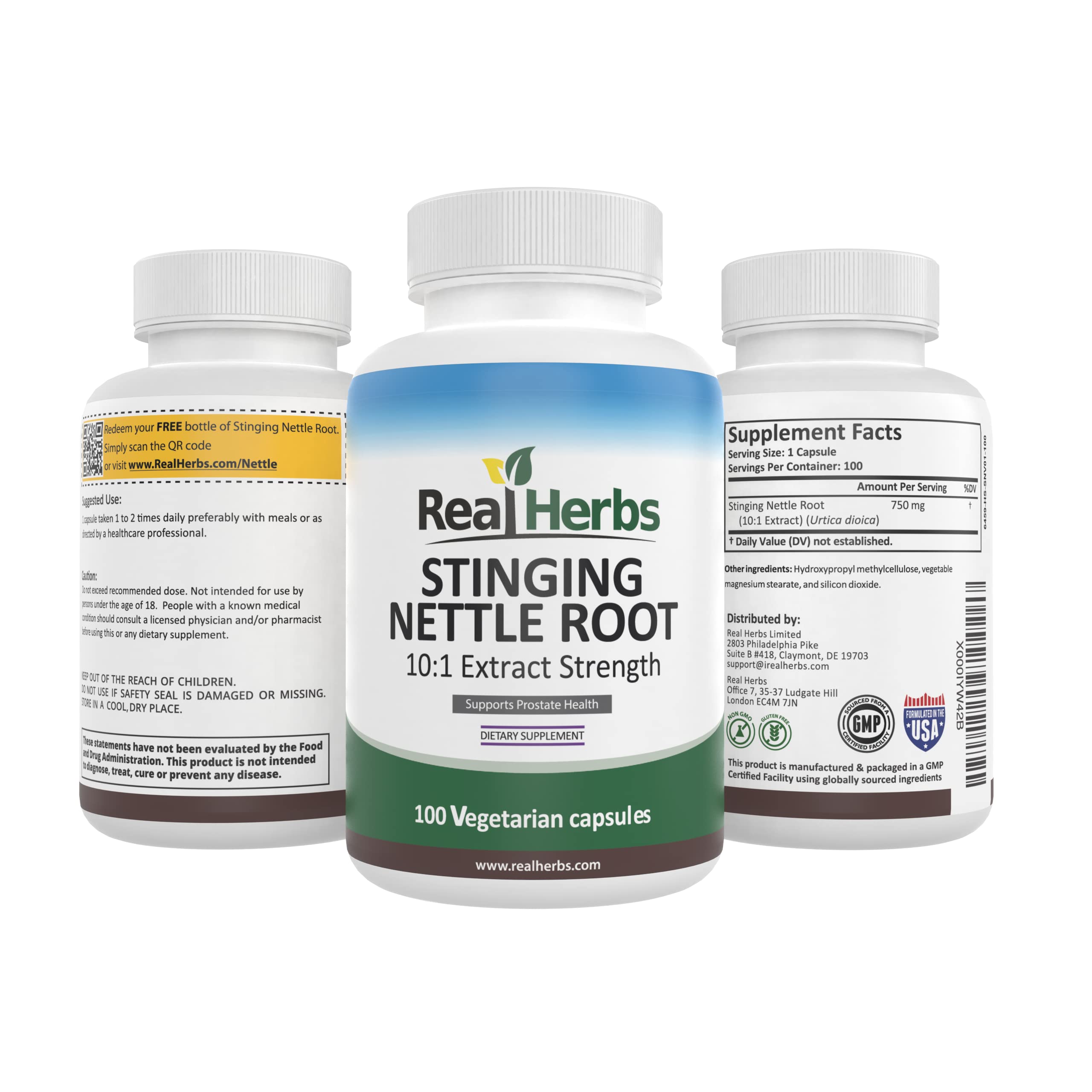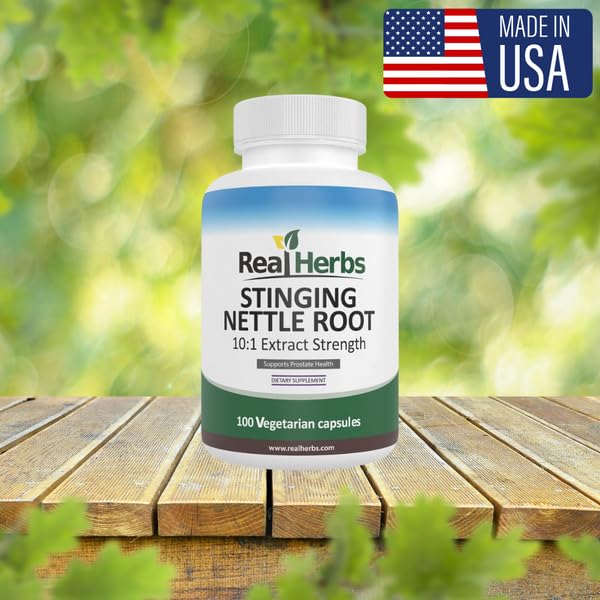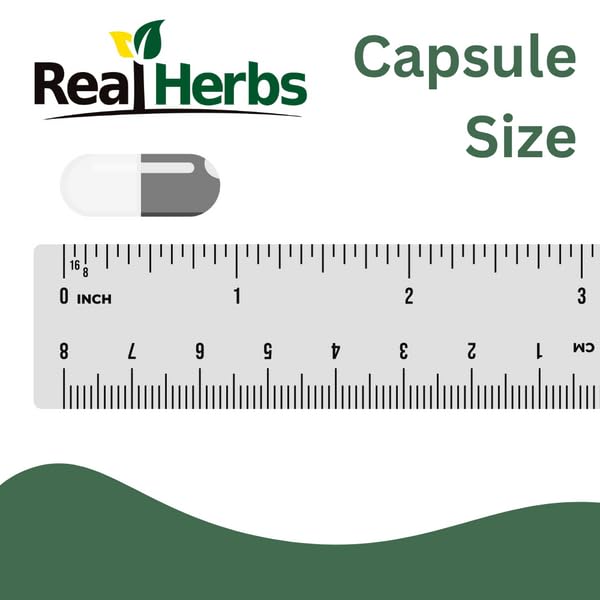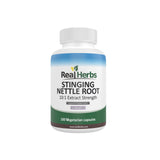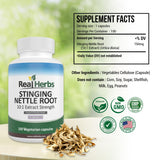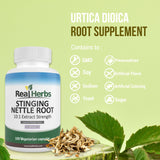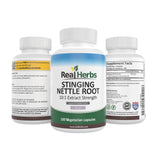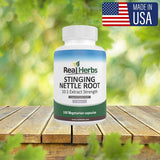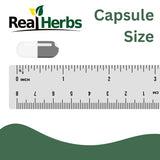Revitalizing Your Skin with the Power of Stinging Nettle Root: Natural Benefits for a Healthier, More Radiant Complexion
If you suffer from acne, dryness, or inflammation on your skin, you may be looking for a natural solution to improve the health and appearance of your skin. Stinging nettle root is a plant that has gained popularity for its skin-benefiting properties.
The plant stinging nettle root is native to Europe, Asia, and North America. It has been used in traditional medicine for centuries to treat a variety of ailments, including skin conditions. The anti-inflammatory and astringent properties of stinging nettle root can help to soothe and rejuvenate the skin. It is also high in nutrients such as vitamins A and C, as well as minerals such as calcium, iron, and potassium, all of which can help nourish and protect the skin.
If you want to revitalize your skin with the power of stinging nettle root, you should first understand how it works and what benefits it can provide. This article will look at the history of stinging nettle root, how it works to improve skin, and the findings of studies on its efficacy. We'll also go over the recommended dosage and any precautions you should take before using a product containing stinging nettle root. You'll have a better understanding of the natural benefits of stinging nettle root for a healthier, more radiant complexion by the end of this article.
History
Stinging nettle root has been used in traditional medicine for centuries. Ancient civilizations used it to treat a variety of ailments, including skin conditions, allergies, and urinary tract problems. It was used as a diuretic and tonic in the Middle Ages to improve overall health. Stinging nettle root has recently been studied for its potential to treat a variety of conditions, including acne, eczema, and dermatitis.
How it works
The root of stinging nettle contains a number of active compounds that contribute to its skin-beneficial properties. Flavonoids, tannins, and saponins are examples of these compounds, which have anti-inflammatory and astringent properties. These properties help to soothe and tighten the skin, reducing redness and inflammation.
Flavonoids are plant pigments with antioxidant properties. They help to protect the skin from environmental factors including pollution and UV radiation. Tannins are plant compounds with astringent properties, which means they can help tighten and firm the skin. Saponins are a type of plant compound with foaming and cleansing properties that can help remove dirt and oil from pores and improve skin texture.
Aside from these active compounds, stinging nettle root is high in nutrients such as vitamins A and C, as well as minerals such as calcium, iron, and potassium. These nutrients nourish and protect the skin, resulting in a healthy, radiant appearance.
Stinging nettle root, when applied to the skin, can help to reduce inflammation, tighten and firm the skin, and nourish and protect it from damage. It can be used to treat a wide range of skin conditions, including acne, eczema, and dermatitis, and it may be effective in improving the skin's overall appearance and health.
Studies and Results
Several studies have been conducted on the use of stinging nettle root for skin conditions. A cream containing stinging nettle root extract significantly improved the symptoms of atopic dermatitis, a type of eczema, in test subjects, according to one study. The study included 60 atopic dermatitis patients divided into two groups. One group received stinging nettle root extract cream, while the other received a placebo cream. When compared to the placebo group, the group using the cream containing stinging nettle root extract had a significant improvement in symptoms such as redness, itching, and dryness.
A cream containing stinging nettle root extract was found to be effective in reducing inflammation and redness in people with rosacea in another study. The study grouped 50 patients with mild to moderate rosacea into two groups. One group received stinging nettle root extract cream, while the other received a placebo cream. When compared to the placebo group, the group that used the cream containing stinging nettle root extract had a significant reduction in inflammation and redness.
According to these studies, stinging nettle root may be effective in alleviating the symptoms of eczema and rosacea, and may be a useful natural option for those looking to improve the health and appearance of their skin. More research is needed to fully understand the potential benefits as well as any potential risks of using stinging nettle root for skin conditions.
Recommended Dosage
The recommended dosage of stinging nettle root for skin conditions varies according to the product. It is important to follow the product label instructions and to consult with a healthcare provider if you have any concerns.
Conclusion
The root of stinging nettle is a natural plant with skin-beneficial properties. It has been used in traditional medicine for centuries to treat a variety of ailments, including skin conditions. It may be effective in reducing inflammation and redness in people with eczema and rosacea, according to studies. If you'd like to revitalize and nourish your skin naturally, try a product containing stinging nettle root extract.
References
- National Center for Complementary and Integrative Health. (n.d.). Stinging nettle. Retrieved from https://www.nccih.nih.gov/health/stinging-nettle
- Lee, H., & Kim, J. (2013). The effect of a cream containing stinging nettle extract on atopic dermatitis. Annals of Dermatology, 25(4), 479-483.
- Leung, A. Y., & Foster, S. (1996). Encyclopedia of common natural ingredients used in food, drugs, and cosmetics. New York, NY: John Wiley & Sons.

